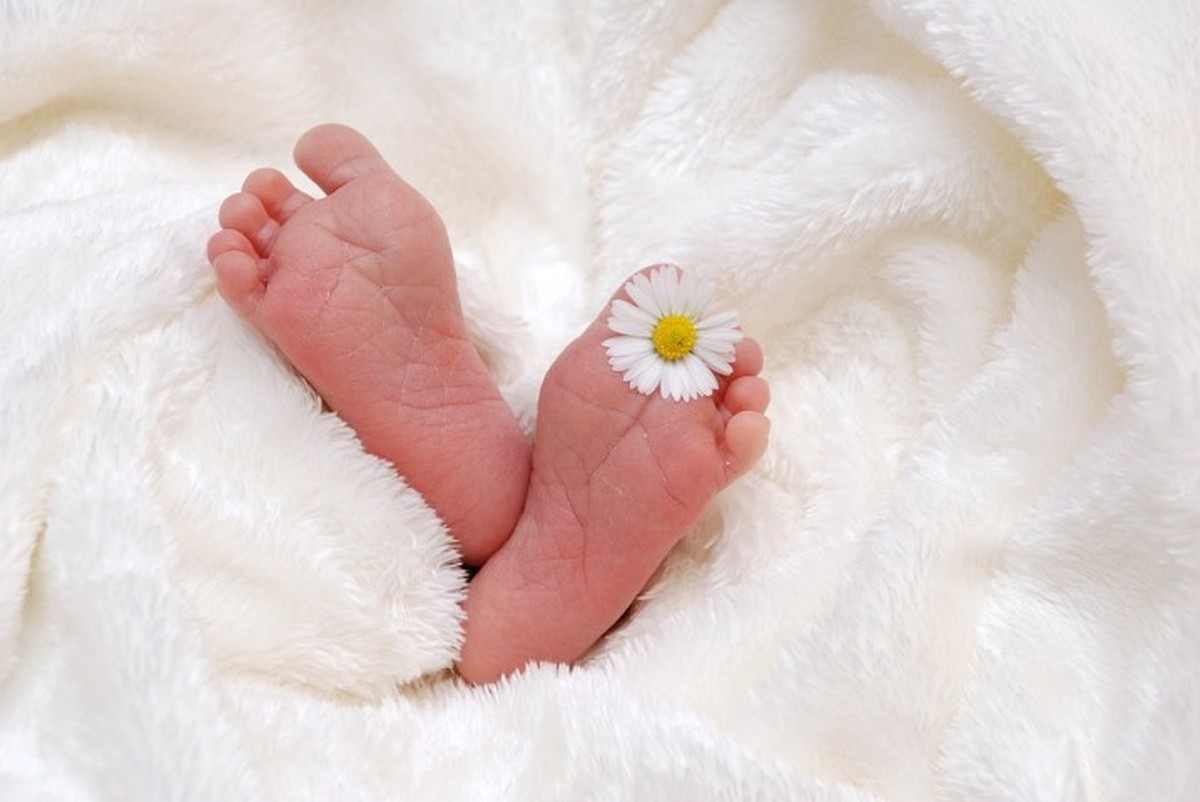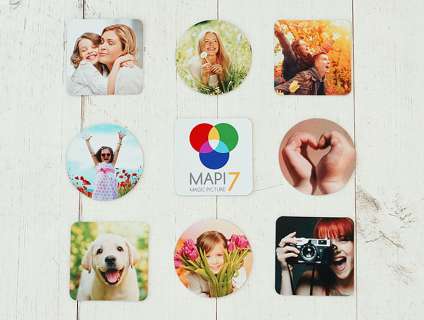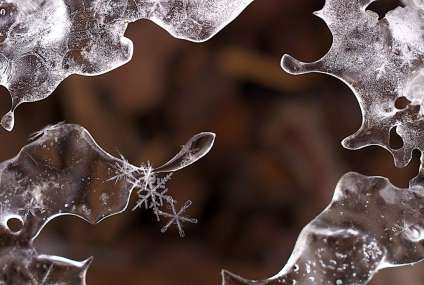How to take a close-up photo
Published: 14.01.2020

Macro pictures look cool. Most people don't know how to take close-up shots. That's why photos of small objects attract attention and admiration. A close-up shot is a powerful story in one photo, which in everyday life escapes our sight.
Taking a close-up photo is easily achievable with a simple digital camera or smartphone. Setting the macro mode is the main, but not the only condition for a close-up shot. In this article, we have gathered important points to consider during macro photography.
When a close-up shot is needed
Macro photography is not only intended for photographing insects and flowers. Although it is a popular way to explore the macro world. Close-up shots are used in abstract photography to give a different meaning to the subject. Macro is suitable for portraits, wedding details, food photos for food blogs, and even for landscapes.
The beauty of close-up photography is that even a simple coffee cup can turn into a work of art. The design on a latte or the frothy foam on an espresso can be intriguing. In everyday life, we rarely pay attention to the objects around us. Close-up photography reveals the unfamiliar complexity of simple things. It teaches us to see deeper.
Macro lens for macro photography
Professional photographers use macro lenses. Special optical systems are designed for close-up shooting. A macro lens magnifies the closest object as much as possible.
Macro lenses have a wide range of focal lengths. This parameter determines the working distance to the subject. Choose it depending on the intended use of the macro lens. The minimum focusing distance indicates how close you can get to the subject.
The longer the focal length, the further away you need to be from what you are trying to shoot. Some insects are skittish and you need to maintain a certain distance.
Create a Light album from cool photos. You don't need to print the photos separately. We will print your photos directly on the pages of the Light album. Upload images to the free Mapi7 editor and create a themed Light album. You can upload photos from your phone.
Focal length parameters for a macro lens:
| Focal length, mm | Distance to the object when increasing 1:1, cm | Subject of the shot |
|---|---|---|
| 50 | 20 | Jewelry, stamps, coins |
| 100 | 30 | Portraits, small insects, flowers |
| 160 | 50 | Reptiles, large insects |
The focal length of 50mm is ideal for close-up shots of inanimate objects. For objects that may be scared off, use a lens with a focal length of 160mm.
Depth of field.Remember - when shooting from a close distance, you limit the depth of field. Pause to focus on the subject. Place the majority of the object in one plane of focus. This way you will maintain sharpness and soften the frame.
Camera stabilization.Macro lenses add weight to the camera. A tripod will help stabilize the weight and avoid shaky hands. Shooting in macro mode or with regular lenses makes the task easier. Lean against a sturdy structure, bend your elbows to the sides, relax your shoulders and take the shot.
Background.A close-up object should be the focal point. Due to the extremely shallow depth of field, the background plays a significant role in the mood of the image. The background will be blurred, and it is important to decide how the background color will interact with the object.
Choose colors that contrast with the entire scene. Or look for a shade that harmonizes with the object. This way you will give the photo an interesting monotonous look.
If you are limited by the existing background, create a new one. Zooming in can help isolate the object and blur the background.
Favorite photos are a reason to create photo magnets. Round magnets, square magnets, magnets with shaped edges, or magnetic puzzles - the perfect souvenir. They don't need a shelf or an album. Refrigerators, computer cases, cars, and other surfaces that are always in sight are the perfect place for magnetic photos.
Shooting angles.Choose the composition only after checking all shooting angles. Move around the object to select the best viewing angle. Macro photography is about small movements in a vast world. Take test shots. Pay attention to how the image reflects light, color, and depth of field. A helpful rule to quickly get a winning image is: one position - one frame. Compare and contrast the results obtained and choose the best option.
Light.Proper lighting is essential for successful photography. Study the lighting in the location where you plan to shoot. In open spaces (fields, parks, etc.), pay attention to how colors react to natural light. Before starting the shoot indoors, experiment with the lighting.
Make sure that the objects are not exposed to too much light. This will prevent blurriness in the frame.
Shadow.The problem with close-up shots starts when the light source is behind the camera. Shadows fall on the object. Fix the issue by using a flash or other off-camera lighting.
Shadow can be helpful when shooting on a sunny day. Create a shadow with your body and use it to mask the bright light. Change the position of your body and allow the light and shadow to enhance the colors and details in the frame.
Use serial shooting
Serial mode gives you options. One out of a hundred images will definitely be clear. During serial shooting, slightly move the lens. This way, in a couple of seconds you get more variety.
Come up with a story
Composition is important for close-up shots. The rule of thirds also applies to macro photography. Imagine the viewfinder divided into nine equal parts. Align the elements of the image along these lines or at the intersections. Visualize the rule of thirds using the Grid feature in the camera app.
It is necessary to control the image both technically and artistically. Carefully consider which part of the object will fill the frame.
A close-up reveals magic. In macro photography, shapes, colors, and textures come to life. It's wonderful that all of this is right around us: in the kitchen, backyard, or garden. You can go outside or shoot indoors. In any case, you express yourself as a photographer, and viewers get the opportunity to interpret the images in their own way.










